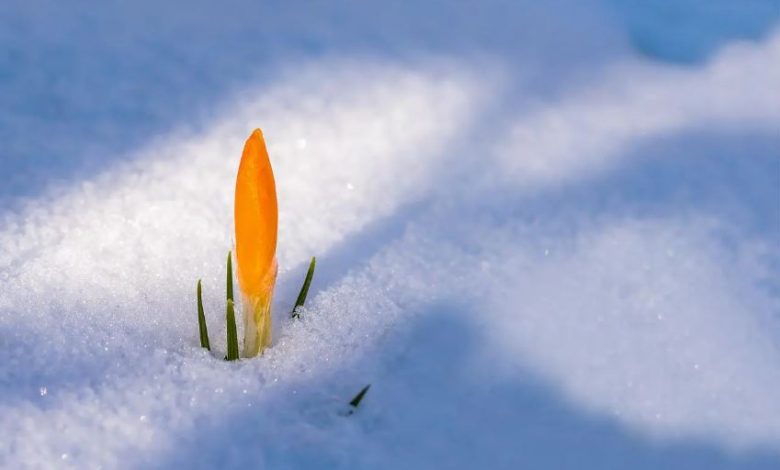Climate change will make it harder to predict available water resources

(Sustainabilityenvironment.com) – In the regions of the northern hemisphere of the Planet the number of available water resources will become less and less predictable in the coming decades. Among the effects of global warming, in fact, there is also the melting of the snowpack which derives the possibility, in general, to predict the amount and flows of water available in the coming periods.
The global study on climate change, conducted by the National Center for Atmospheric Research (NCAR), was funded by the U.S. National Science Foundation: among the effects of the near future is mentioned the unpredictability of water flows, which will also affect the regions that will receive the same current share of rainfall.
“Water management systems in snowy regions are based on the predictability of snowpack and runoff, and much of that predictability could go away with climate change,” said NCAR scientist Will Wieder, principal author of the study. “Water managers will be at the whim of individual precipitation events instead of having four to six months to anticipate the melting of snow and runoff”.
Read also The “Third Pole” melts: the imbalance of water resources in the Himalayas increases
Many areas of the Planet in fact depend on the winter accumulation of snow and the melting of the latter in spring: from the amount of snow you can predict the flow and outflow of water resources. With the disappearance of the snow the amount of water available will be increasingly linked to occasional weather events of rain. And the situation will escalate by the end of the century. According to the research, in fact, the water resources generated by the snowpack of the Rocky Mountains in the United States could decrease by up to 80%.
The study also warns of the impacts on ecosystems that the phenomenon, along with changes in outflows and storms, may have. The smaller amount of snow and the longer warm seasons will drain the soil of many areas, a phenomenon that is already – and will increasingly be – accompanied by the risk of fires.
We must break the current rhythms, immediately
From the investigations it has turned out that, maintaining the current trends emissivi, within the 2100 in the Northern hemisphere of the planet there will be an average of 45 days of snow in more a year, above all in the medium latitudes: in the relatively warm marine regions or in the high latitudes, influenced by sea ice. Among the regions that will be less able to predict the water resources available, the research mentions the Rocky Mountains in the USA, the Canadian Arctic, Eastern North America and Eastern Europe.
“We are trying to improve our predictions through better data, models and physical understanding, but these efforts have been undone by the rapid disappearance of our best predictor: snow,” said Flavio Lehner, Professor of Earth and Atmosphere Sciences at Cornell University and co-author of the study.





